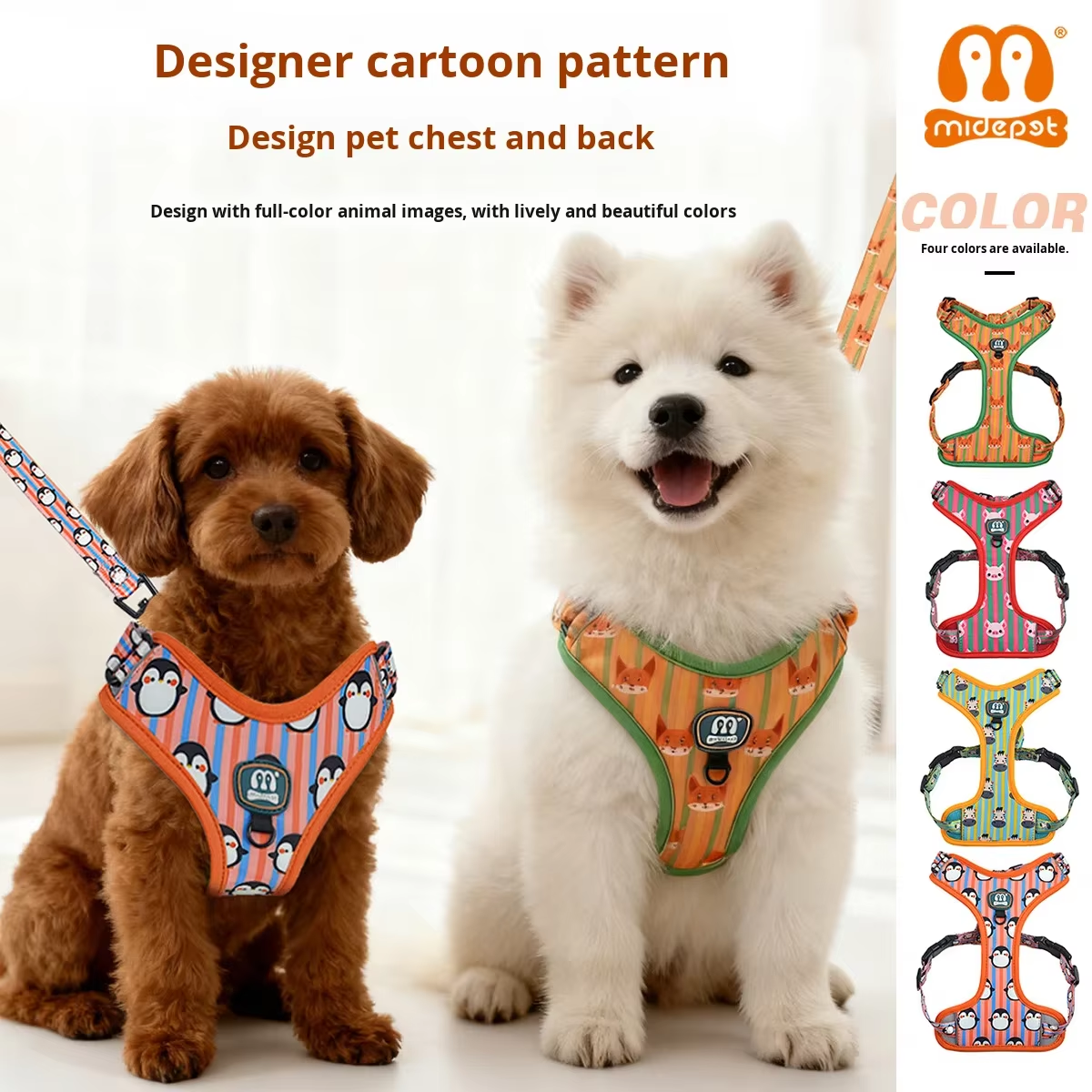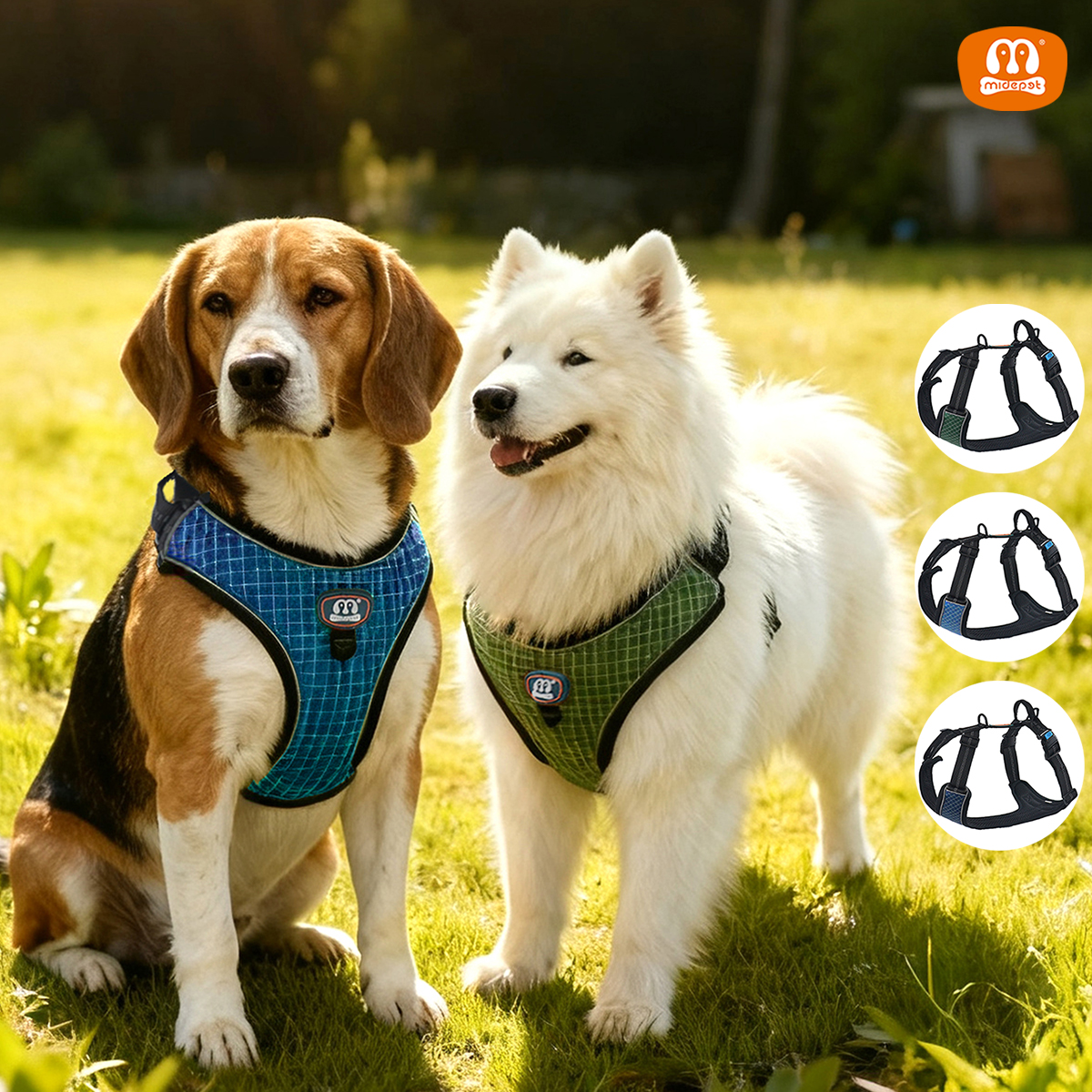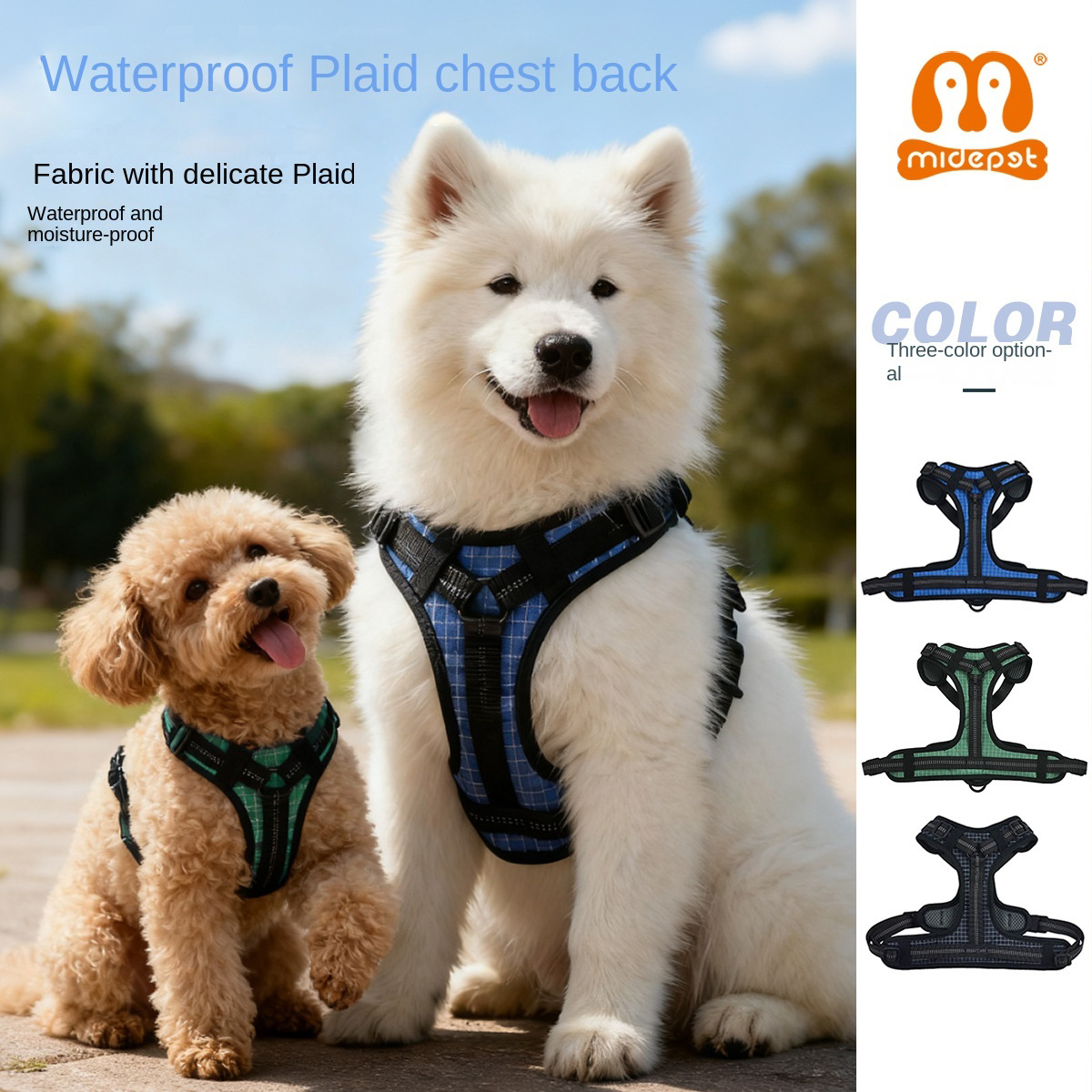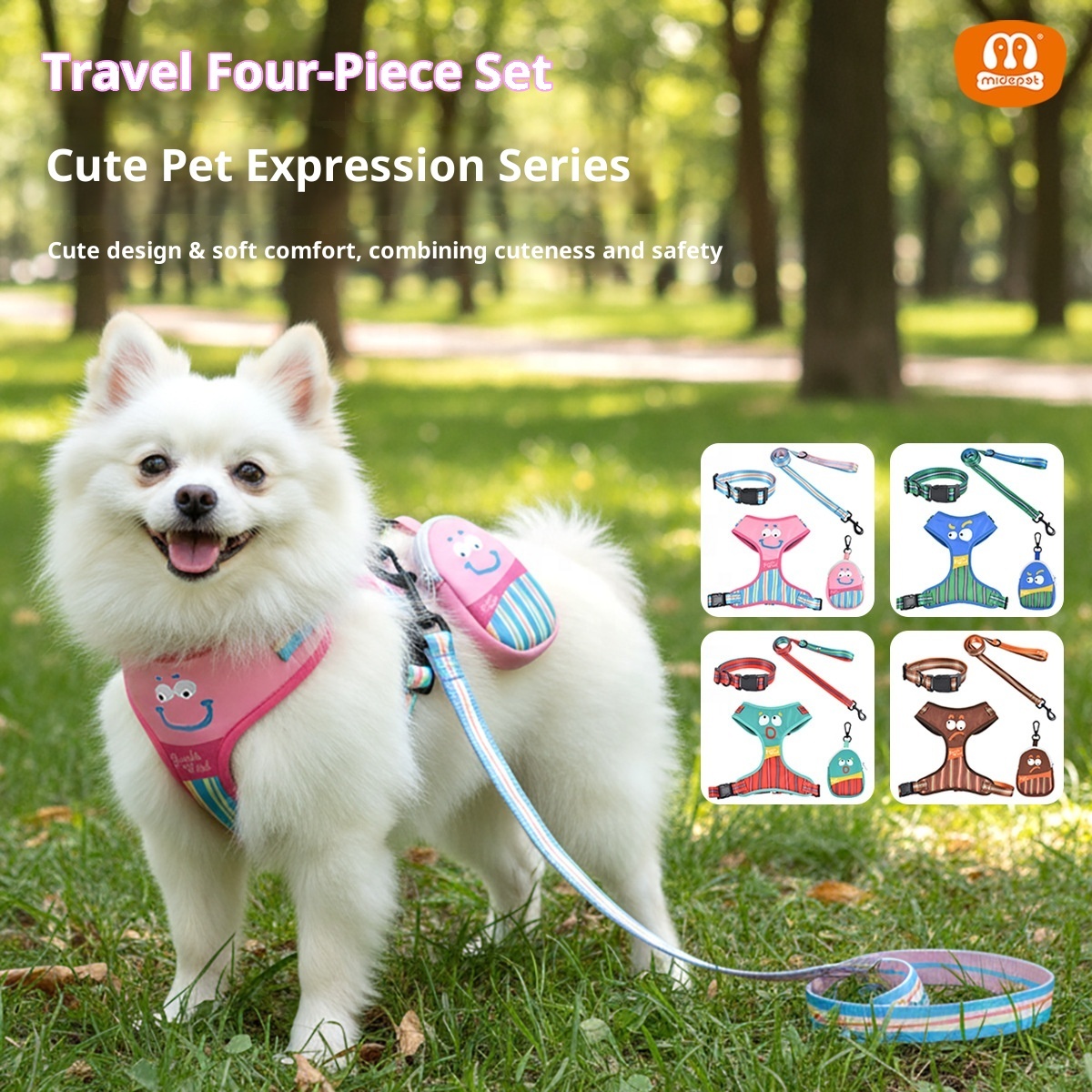Are Harnesses Bad for Dogs
Is Using a Dog Harness Bad for Your Dog? A Comprehensive Guide
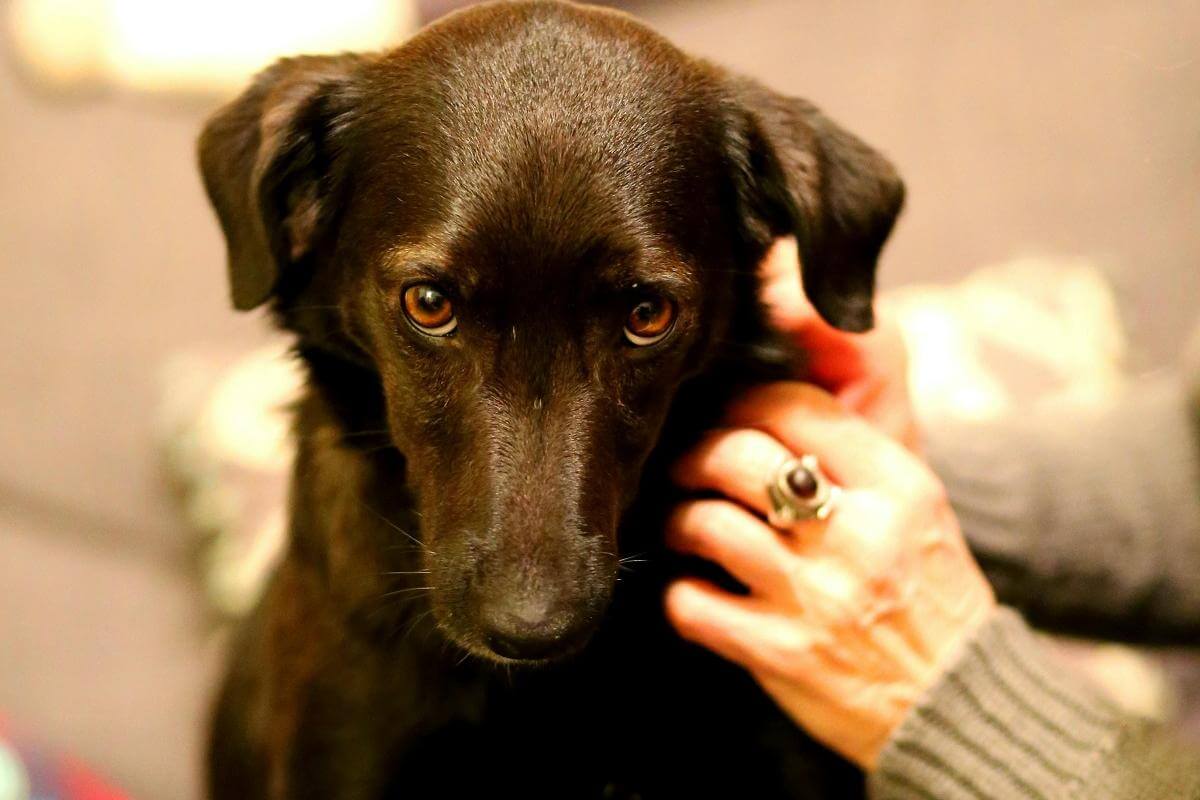
Introduction
When it comes to walking your dog, the right harness can make all the difference. Choosing the proper harness not only ensures your dog's safety but also affects their comfort and mobility. This article delves into the different types of dog harnesses, their impact on shoulder movement, and whether specific harness types, like no-pull harnesses and front-clip harnesses, are harmful.
1. Understanding Dog Harnesses
Dog harnesses come in various types, each designed for specific needs:
· No-Pull Harnesses: Designed to discourage pulling, these harnesses often have a front clip that redirects your dog's attention.
· Front-Clip Harnesses: These feature a clip on the chest to control pulling and improve leash manners.
· Traditional Harnesses: These are the classic designs that distribute pressure evenly across the chest and shoulders.
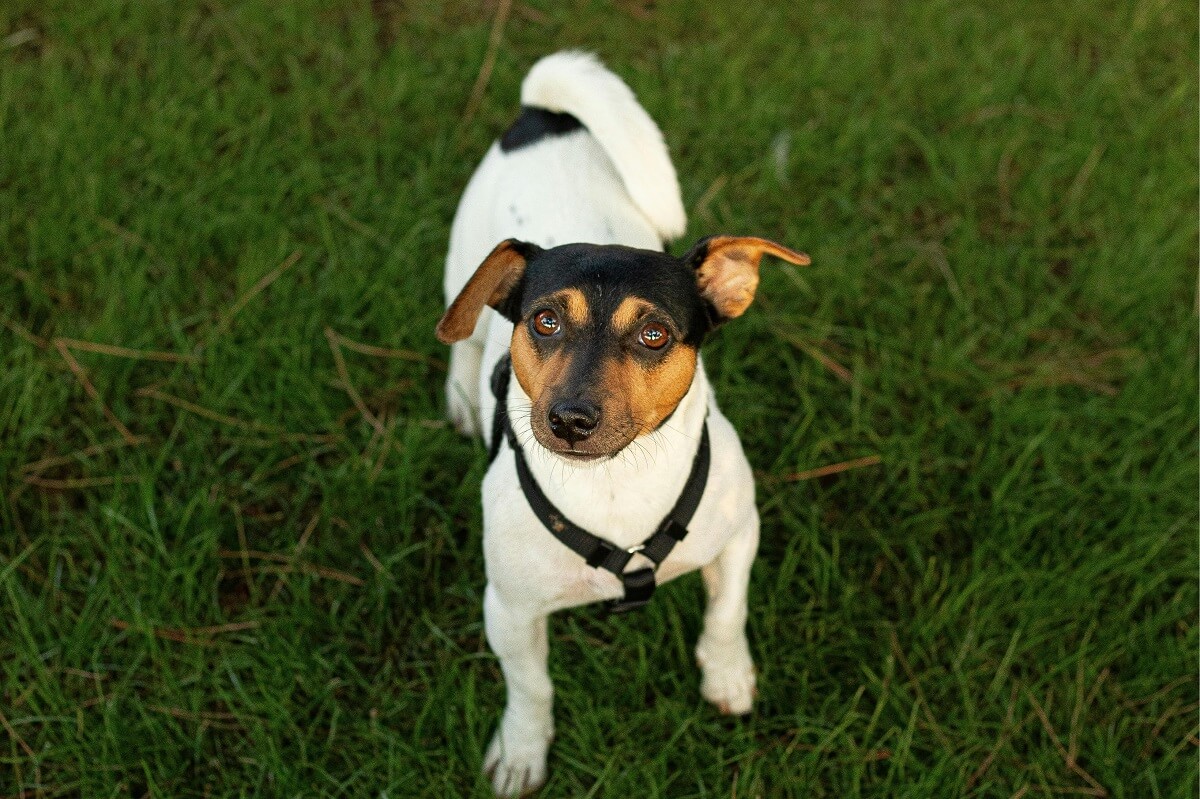
2. Impact of Harnesses on Shoulder Movement
A well-fitted harness is crucial for maintaining healthy shoulder movement. Here’s how different harnesses affect your dog's shoulders:
· Shoulder Movement and Harness Fit: A harness that fits correctly allows for natural shoulder movement, promoting a comfortable walk.
· Potential Issues with Poor Fit: An ill-fitting harness can restrict movement, cause discomfort, and even lead to injuries.

3. Are No-Pull Harnesses Bad for Dogs?
No-pull harnesses aim to reduce pulling by redirecting your dog's attention. While they have benefits, they also have potential drawbacks:
· Purpose of No-Pull Harnesses: They help manage pulling and improve walking behavior.
· Advantages and Potential Drawbacks: They can be effective but may cause discomfort if not fitted properly. Concerns include the potential for chafing or pressure on the chest.
· Expert Opinions: Experts generally agree that a well-designed no-pull harness, when fitted correctly, is safe and effective.
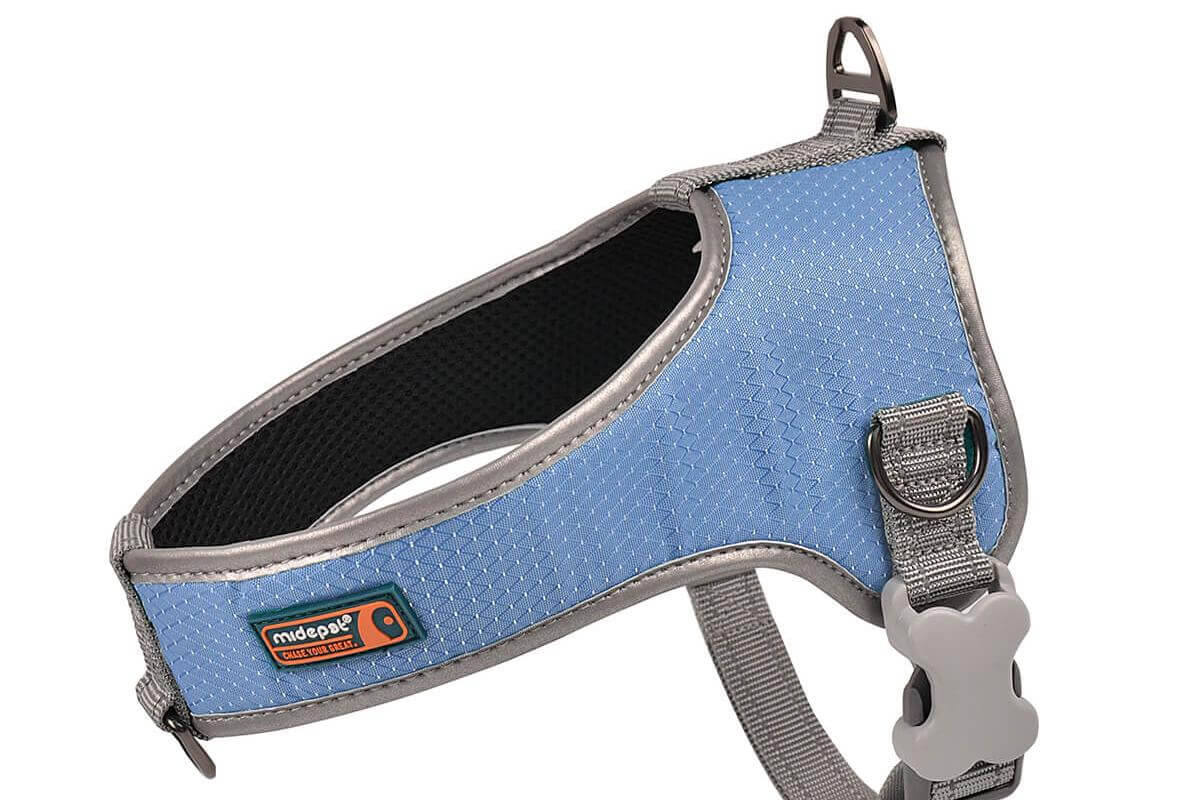
4. Are Front-Clip Harnesses Bad for Dogs?
Front-clip harnesses provide control by attaching the leash to the front of the harness:
· Function of Front-Clip Harnesses: They help discourage pulling and enhance control over your dog.
· Advantages and Potential Issues: They can be beneficial for training but might cause discomfort if the harness does not fit properly.
· Comparison with Other Harness Types: Front-clip harnesses offer better control compared to traditional harnesses but require correct sizing to avoid issues.

5. Are Harnesses Bad for Dogs?
Common concerns about harnesses include:
· Common Concerns: Some worry that harnesses might restrict movement or cause discomfort.
· Myths and Facts: Many concerns are based on misconceptions. Harnesses, when chosen correctly, are generally safe and comfortable.
· Ensuring Safety and Comfort: Select a harness that fits well, is made of breathable material, and allows for natural movement. Regularly check for any signs of discomfort or adjustment needs.
Conclusion
In summary, harnesses are a valuable tool for walking your dog, provided they are selected and fitted correctly. Understanding the type of harness that best suits your dog and ensuring it fits properly will contribute to their overall comfort and safety. For personalized advice, always consult with a veterinarian or pet professional to ensure you’re making the best choice for your furry friend.
Looking for the perfect dog harness for your needs? We offer a wide variety of dog harnesses at wholesale prices. Contact us wholesale dog harness today to find the best options for your business!


